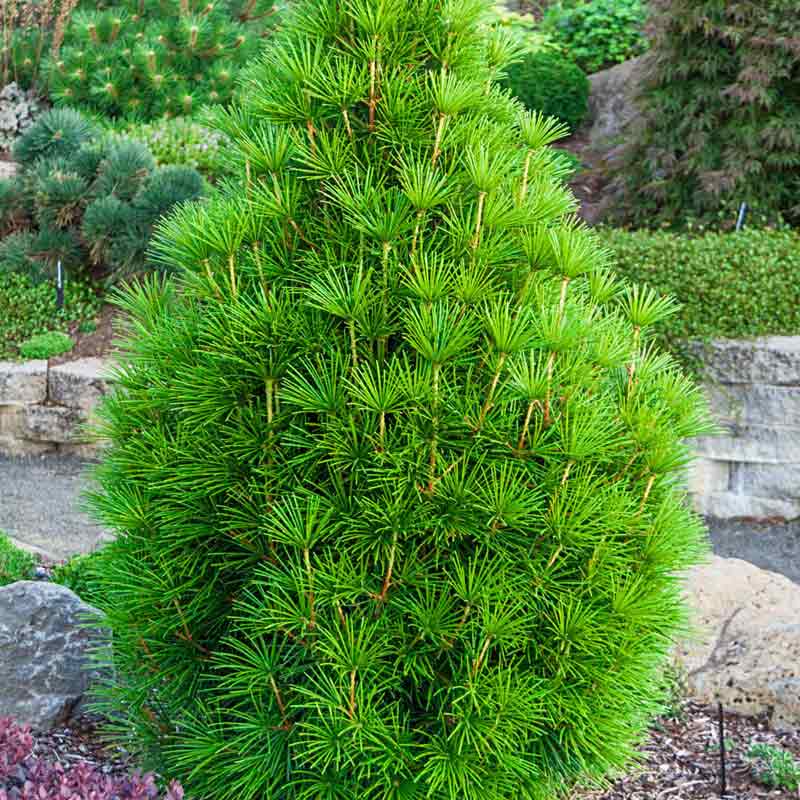

Shortleaf pine (Pinus echinata, also occasionally called southern yellow pine or the shortstraw pine) employ this technique.

Dormant buds are protected underground, and nutrients stored in the root system allow quick sprouting after the fire. Typically, species that regenerate by re-sprouting after they’ve burned have an extensive root system. This fire-survival strategy allows for the complete destruction of above-ground growth. The species also drops lower branches as the trees grow older, which helps prevent fire from climbing up and burning the green needles higher up the tree. This signature tree in the western United States has a thick and flaky bark, sometimes compared to pieces of a jigsaw puzzle, which perfectly withstands a low-intensity, surface fire. Ponderosa pine (Pinus ponderosa, also commonly known as the bull pine, blackjack pine or western yellow pine) is a great example.

It also protects the inside of the trunk, the living tissues that transport water and nutrients, from heat damage during high-frequency, low-intensity fires. Trees in fire-prone areas develop thicker bark, in part, because thick bark does not catch fire or burn easily. But they have adapted to survive, and even depend on, regular fire.įrom armoring themselves with thick bark to developing ways to protect precious seeds, trees have developed several fascinating adaptations in response to a predictable fire pattern. They can’t run, fly, creep or crawl out of a fire’s path. Plants have a distinct disadvantage, compared to animals, in the face of fires. A fire regime includes, among other things, fire frequency, fire intensity and patterns of fuel consumption. Of course, no species is adapted to live in fire itself, but animals and plants can adapt to a fire regime. Each fire regime is important to maintaining forest and grassland health, even if it seems harmful at first glance. This pattern, known as a “fire regime,” is different for each ecosystem. In recent decades, ecologists and land managers have realized more fully how important fire is to the natural patterns of many ecosystems. But this destruction can also prove beneficial. Fire can be damaging, and its effects certainly scar once verdant landscapes. Perhaps that’s why uncontrolled wildfires have been suppressed since the early 1900s. Most people resist change, especially change they consider destructive. Seasonal fluctuations in temperature, shifts in sun light, and natural disturbances, like fire, are all part of nature’s cycle. In the natural world, change is just as intrinsic and pattern-based. Big or small, gradual or sudden, change rhythmically punctuates human life.


 0 kommentar(er)
0 kommentar(er)
